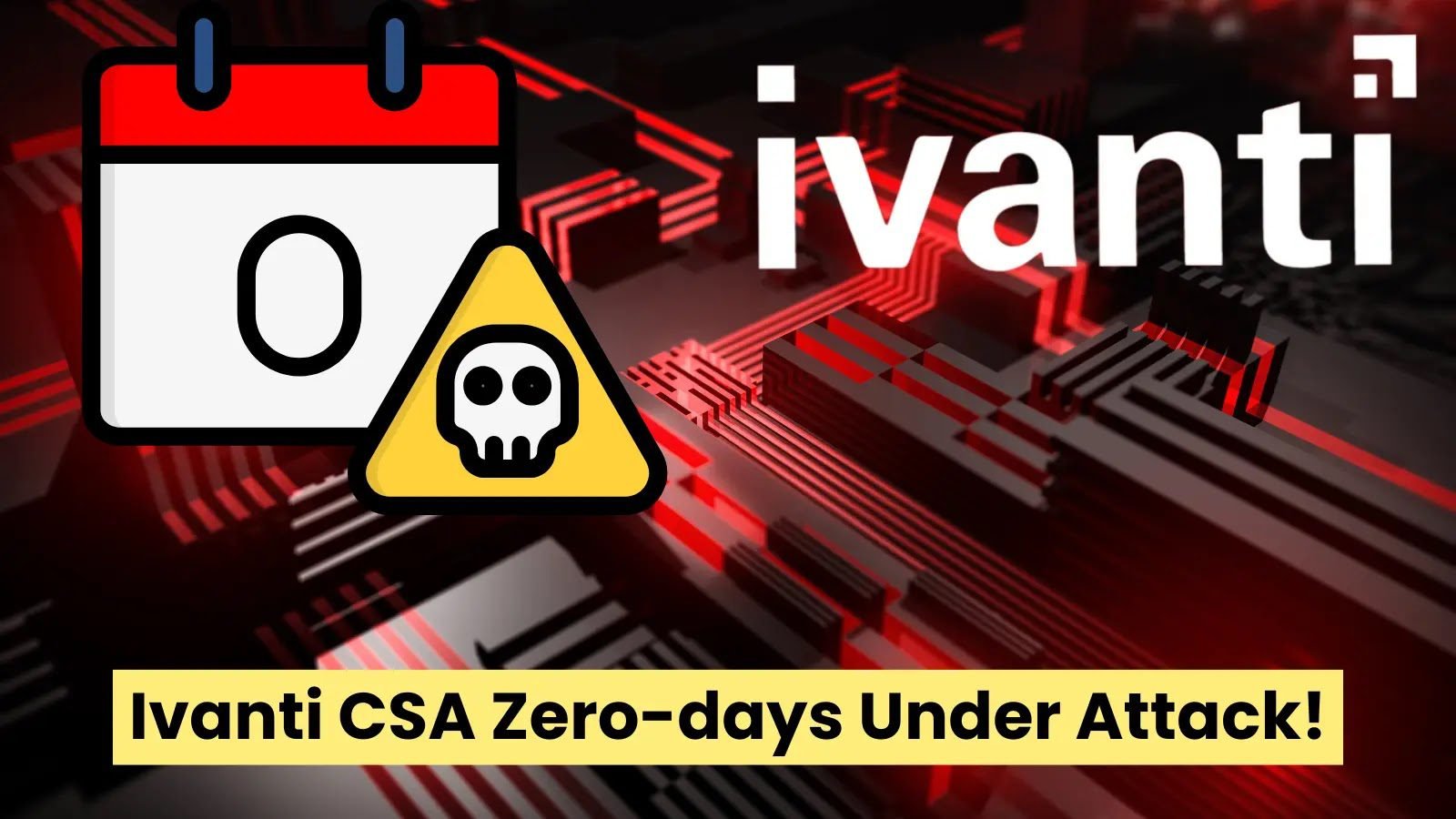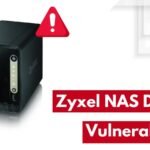Threat Actor Allegedly Selling Bruteforcer for Cisco VPN
A threat actor has surfaced on underground forums, allegedly offering tools designed to exploit Cisco VPNs via brute force and credential-checking attacks.
These tools, marketed as a “checker” and “bruteforcer,” are tailored to target Cisco VPN services, raising significant cybersecurity concerns for organizations relying on these systems.
Details of the Tools
According to the Dark Web Informer post shared on X, the seller claims to offer two distinct builds:
Cisco VPN Checker ($700)
The Cisco VPN Checker, priced at $700, is a highly optimized, native Windows executable designed for rapid Cisco VPN login attempts.
Built-in pure C, it achieves speeds of up to 400 attempts per second, leveraging multithreading and modern processor extensions for maximum efficiency.
This tool simplifies deployment by operating without proxies and offers flexibility by accepting target lists in both IPv4 and IPv6 formats (IP: Port or IPv6:Port).
It automatically saves results every minute to ensure data integrity and allows users to customize timeout settings for server responses.
The software is hardware-locked to prevent unauthorized replication and resale, and the seller provides installation assistance and updates.
Cisco VPN Bruteforcer ($1,000)
Priced at $1,000, the Cisco VPN Bruteforcer builds upon the checker’s foundation, maintaining its core technical specifications, such as a native Windows executable in pure C, achieving up to 400 login attempts per second, and utilizing multithreading and modern processor extensions.
However, it significantly expands its capabilities with features designed for more advanced penetration testing.
It incorporates support for Socks4/5 proxy lists, including auto-updating proxies, and allows for the use of user/password dictionaries, facilitating comprehensive brute-force attacks.
GeoIP logging provides valuable tracking of attack locations, while auto-detection of thread counts optimizes brute-forcing per target.
A watchdog function ensures safe operation during attacks, and crucially, prior use of the Cisco VPN Checker is required to verify targets before purchase, emphasizing a staged approach to security assessments.
Both tools are promoted as high-speed and efficient solutions for cracking Cisco VPN credentials, underscoring their potential threat to corporate networks.
These tools are emblematic of a broader trend in cybercrime, where sophisticated brute-force methods are employed against vulnerable VPN services.
Similar campaigns have targeted Cisco VPNs before, often exploiting weak passwords or configurations lacking multi-factor authentication (MFA).
Security researchers say brute-force attacks can lead to unauthorized access, account lockouts, or denial-of-service (DoS) conditions due to resource exhaustion on targeted devices.
Brute-Force Campaigns Against Cisco VPNs
Cisco has previously warned about large-scale brute-force attacks targeting its VPN services. These campaigns often leverage anonymization tools like TOR or proxy networks to evade detection.
In some cases, attackers use automated tools like the one described by this seller to harvest credentials, which are then sold on dark web markets or used in ransomware operations.
Notably, ransomware groups such as Akira and LockBit have exploited vulnerabilities in Cisco VPNs that lack MFA protections.
These attacks have resulted in breaches where stolen credentials were used for lateral movement within corporate networks.
Mitigation Strategies
Organizations can take several steps to protect against brute-force attacks on Cisco VPNs:
- Enforce Multi-Factor Authentication (MFA): MFA significantly reduces the risk of unauthorized access even if credentials are compromised.
- Strong Password Policies: Ensure all accounts use complex passwords and disable default credentials.
- Enable Logging: Proper logging helps identify attack patterns and facilitates incident response.
- Update Firmware: Deploy the latest security features released by Cisco, including those designed to mitigate brute-force attacks.
- Monitor for Indicators of Compromise (IoCs): Regularly check blocklists and logs for suspicious activity originating from known malicious IP addresses.
The emergence of these tools highlights the persistent threat posed by cybercriminals targeting VPN services. Organizations using Cisco VPNs must remain vigilant and adopt robust security measures to safeguard their networks against such attacks.






